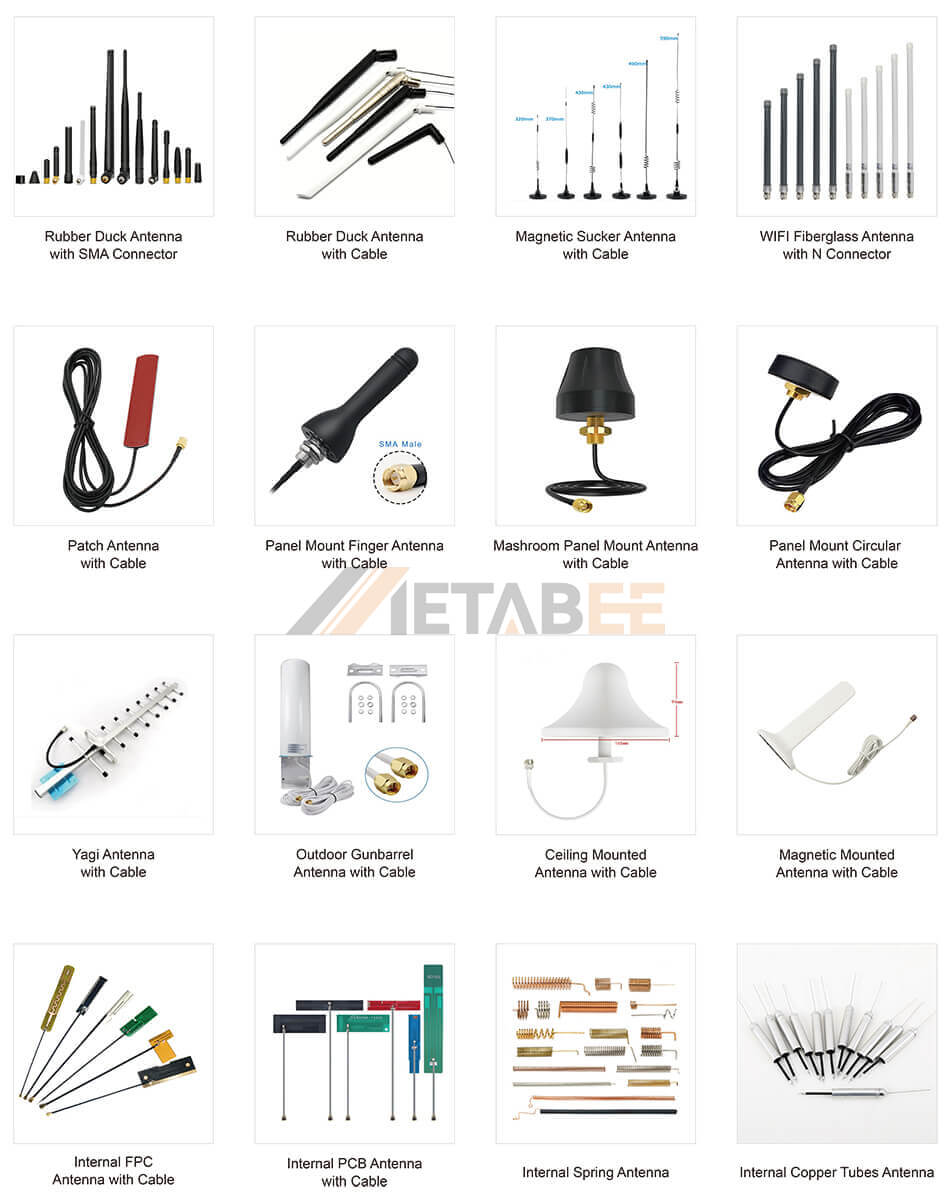In today’s digital age, wireless internet connectivity has become a necessity for many people. WiFi technology has become ubiquitous, enabling users to connect to the internet without being tethered to a physical network. To achieve this wireless connectivity, devices rely on a component called a WiFi antenna.
What is WIFI Antenna
A WiFi antenna is an electronic component that allows wireless devices to communicate with each other and access the internet. It is a physical device that can be either internal or external to the device. The antenna’s purpose is to transmit and receive radio waves that carry data between the device and a WiFi router or hotspot.
Signal Transmission
WiFi antennas work by receiving electromagnetic signals in the form of radio waves. The antenna then converts these signals into electrical signals that can be used by the device. Conversely, when the device transmits data, the antenna converts the electrical signals into radio waves that can be transmitted through the air.
Wifi Antenna is One Kind of Wireless Antennas
The frequency of WLAN is 2.4GHz (2400-2500MHz) and 5.8GHz (5725-5850MHz). Wi-Fi antenna(WLAN antenna) is installed on wireless devices like WLAN AP to reinforce signal strength. Wireless device will radiate signal in air at specified frequency 2.4GHz or 5.8GHz through WiFi antenna / WLAN antennas and allow other WlAN device like NB or smartphone to get signal at same frequency range.
WIFI Antenna Parameters
Gain: 1 – 12dBi
Impedance: 50ohm
Input Power: 50W
VSWR: ≤ 2
Polarization: Omnidirectional
Connector: SMA, BNC, TNC, Fakra or Customize
Cable Type: 1.13 / 1.37 / RG174 / RG178 / RG58 or Customize
Cable Length: 0.1M,0.5M, 1M, 3M or Customize
Operating/Storage Temp: – 30~+ 70 ℃
Material: ABS / Fiberglass / Rubber Duck / FPC / PCB etc
According to the Radiation, It Can Be Divided into Directional and Omnidirectional
WiFi Omnidirectional Antennas
Omnidirectional antennas are designed to send and receive signals in all directions, while directional antennas focus signals in a specific direction.
Omnidirectional antennas are used in consumer devices such as smartphones, laptops, and routers.
They provide a good range of coverage but have lower signal strength and may experience interference from other devices.
WiFi Directional Antennas
Directional antennas are used in enterprise settings, such as large offices, warehouses, or outdoor areas.
These antennas have a narrower field of coverage, but can transmit data over longer distances and with higher signal strength. They are also less susceptible to interference from other devices.
According to the Purpose, It Can Be Divided into External and Internal
External is generally used in products such as wireless routers.
The internal WIFI antenna is usually installed inside the equipment due to its small size and stable performance.
Different antennas have different uses according to their characteristics.
The size and shape of an antenna can affect its performance, as well as its ability to operate in certain environments. For example, a smaller antenna may be more suitable for a portable device, while a larger antenna may be better for a stationary device in a fixed location.
In conclusion, WiFi antennas are an essential component of modern wireless communication. They enable wireless devices to communicate with each other and access the internet, making it possible to stay connected even while on the move. With their ability to transmit and receive radio waves, WiFi antennas have revolutionized the way we connect to the internet and interact with our digital devices.
